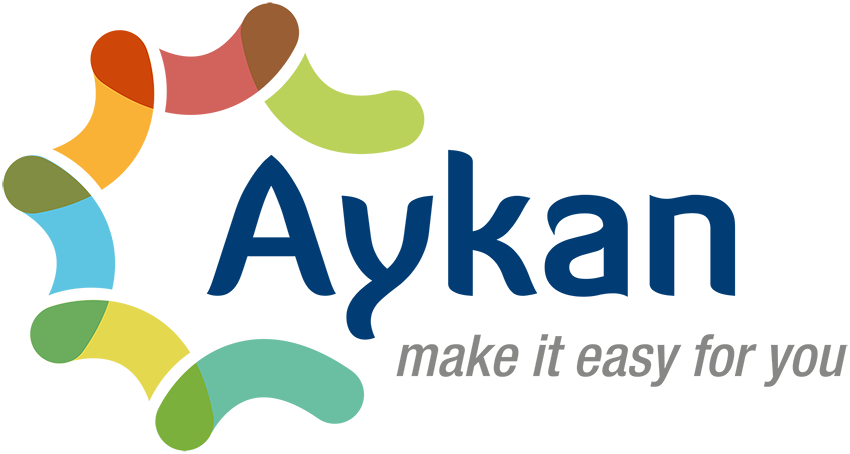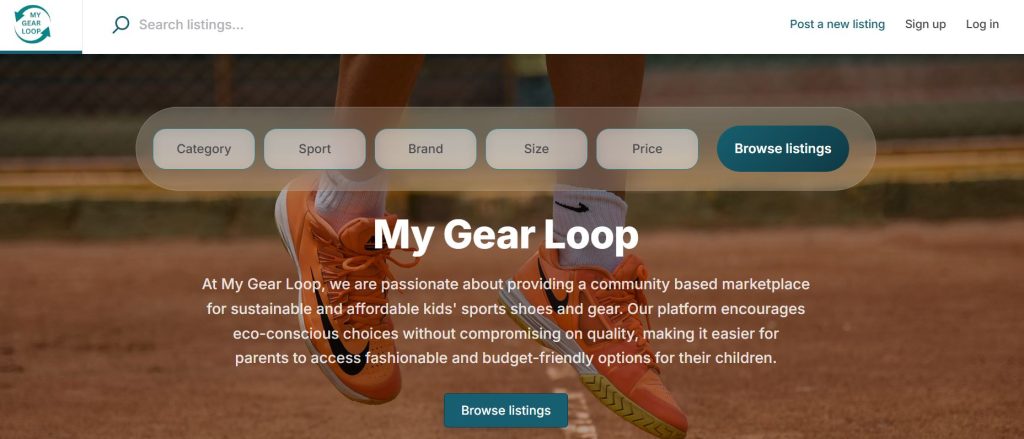Launching a marketplace is only the beginning of your entrepreneurial journey. The real challenge — and opportunity — lies in scaling sustainably, attracting high-quality users, and keeping them engaged over time. Whether you’re building a service marketplace, a rental platform, or a peer-to-peer community using Sharetribe, success depends on your ability to balance growth with retention.
In today’s competitive digital landscape, personalization is no longer a luxury — it’s an expectation. Customers demand shopping experiences that feel uniquely tailored to their preferences, needs, and behaviors. From product recommendations to email campaigns, personalization has evolved far beyond “customers who bought this also bought that.”
Every parent knows how fast kids grow — one minute their shoes fit perfectly, and the next, they’re too tight to wear. Whether it’s football boots, running shoes, or protective gear, sports essentials are often expensive and short-lived. The result? Perfectly good shoes piling up in closets or ending up in landfills.
In today’s data-driven economy, information is one of the most valuable assets a B2B marketplace can possess. Every transaction, search, message, and interaction generates rich behavioral and operational data — insights that can transform into powerful revenue streams when paired with Artificial Intelligence (AI).
Trust is the backbone of any online marketplace. Without it, buyers hesitate to make purchases, sellers fear fraudulent transactions, and the platform risks reputational damage. For Sharetribe-powered marketplaces, security is already a priority, with features like SSL encryption, double-blind reviews, and escrow-style payment handling providing a strong foundation.
Managing a marketplace efficiently requires flexibility, customization, and tools that let you focus on what matters most: your users and transactions. Sharetribe has introduced powerful new features that make marketplace management easier and more versatile than ever: custom filters in Console and the ability to create listings without images.













